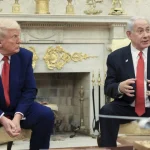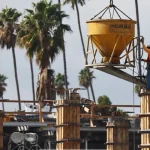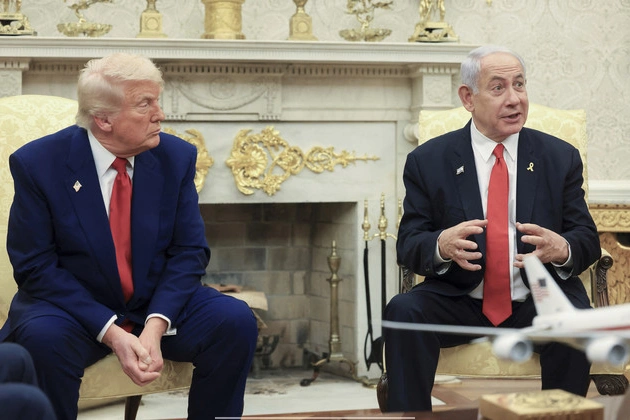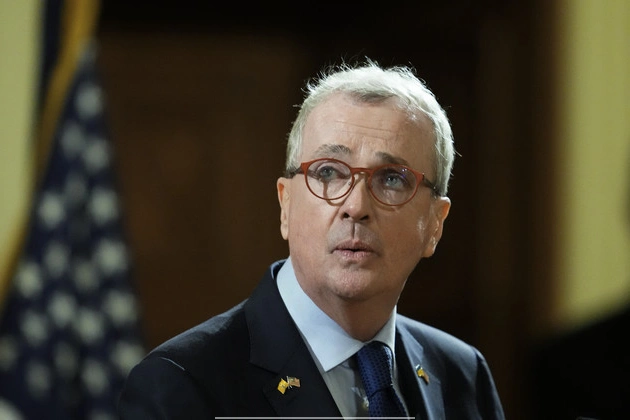
Israeli troops have been deployed to bolster security measures in the southern Gaza Strip, marking a significant development in the ongoing conflict with Hamas. The newly established security corridor, known as the Morag Corridor, aims to enhance control over the region and isolate the city of Rafah from the rest of Gaza.
Background of the Morag Corridor
Prime Minister Benjamin Netanyahu unveiled the Morag Corridor as a strategic initiative to tighten Israel’s grip on the southern territories, particularly Rafah and Khan Younis. This corridor, reminiscent of the Philadelphi route along the Egyptian border, signifies Israel’s proactive stance in safeguarding its borders and citizens.
With the deployment of troops from the 36th Division, Israel seeks to exert greater influence over the region and exert pressure on Hamas to meet certain demands. The corridor’s geographical span, as depicted in Israeli media maps, underscores the comprehensive nature of this security measure.
Escalation of Tensions
The recent resurgence of hostilities between Israel and Hamas has reignited concerns over the humanitarian crisis in Gaza. Following the breakdown of a previous ceasefire agreement, Israel initiated a military offensive, resulting in significant casualties among Palestinian civilians.
Netanyahu’s administration has adopted a gradual escalation strategy, aiming to secure the release of Israeli hostages and compel Hamas to comply with specific terms. The reclamation of key corridors and the imposition of security zones reflect Israel’s determination to assert its authority in the region.
International Mediation and Controversies
International efforts to mediate the conflict have yielded mixed results, with the United States playing a pivotal role in negotiations. President Donald Trump’s involvement has sparked debates over proposed solutions, including the resettlement of displaced Palestinians and the redevelopment of Gaza with external support.
Hamas remains steadfast in its demands for a comprehensive ceasefire, the release of Palestinian prisoners, and Israeli withdrawal from Gaza. The protracted nature of these negotiations underscores the complexity of the conflict and the entrenched positions of both parties.
Humanitarian Concerns and Criticisms
The humanitarian impact of the conflict cannot be understated, with Gaza’s population bearing the brunt of the violence and restrictions on essential supplies. International rights groups have condemned Israel’s tactics, including the blockade of aid shipments and the targeting of civilian infrastructure.
The devastating toll on civilians, including medics and children, has drawn widespread condemnation and calls for immediate cessation of hostilities. The cycle of violence perpetuated by both sides has led to a dire humanitarian situation, necessitating urgent international intervention.
Looking Ahead
As the conflict in Gaza intensifies, the need for a sustainable resolution becomes increasingly urgent. The deployment of Israeli troops in the Morag Corridor signals a proactive stance in addressing security concerns but also raises questions about the long-term implications for regional stability.
Amidst escalating tensions and humanitarian crises, the international community faces a pressing challenge in brokering a lasting peace agreement that addresses the root causes of the conflict and ensures the well-being of all parties involved.











